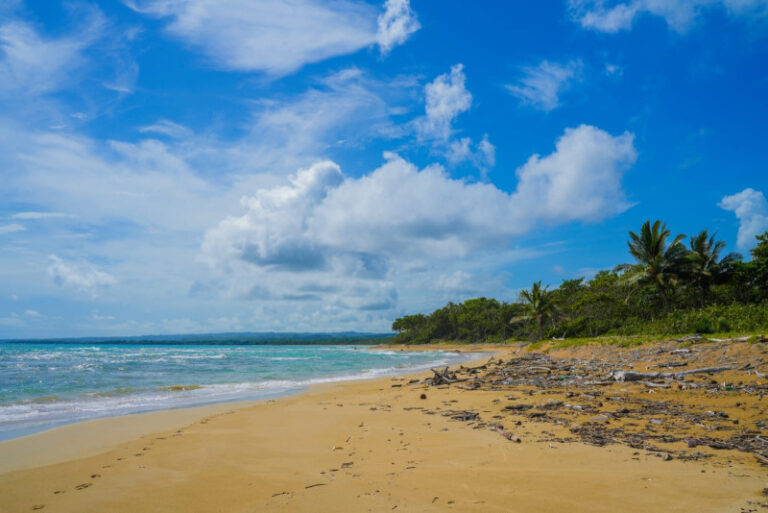Por: Manuel Quiterio Cedeño
Publicado en el Caribe en fecha 07/07/17
Un tema recurrente relacionado con el turismo trata de los incentivos fiscales que los economistas, funcionarios, asesores y organismos internacionales como el FMI, llaman “gasto tributario”, concepto que parte del supuesto de que si los incentivos no existieran, de todos modos se produciría la inversión y el Estado recibiría los impuestos. Por eso es un “gasto”. En los últimos meses se bate tras las cortinas este tema, por lo que tiene sentido hablar públicamente sobre ello.
Según nuestros sabios asesores y funcionarios, en los últimos cinco años el “gasto tributario” suma $861 mil millones, de los cuales $19 mil corresponden a incentivos al turismo, suma que representa el 2% del total. El “gasto tributario” promedio anual del período es $172 mil millones y el promedio anual que se le carga al turismo es de $3,915 millones y el promedio relativo 2%.
Lo más interesante es comparar el supuesto “gasto” estimado, con el ingreso fiscal reportado por los dos impuestos directos al turista. Por ejemplo, en el año 2016 el “gasto” fue de $5,901 millones y el ingreso fiscal $8,029 millones. Es decir, que sólo con estos dos impuestos el Estado recibió un 28% más que el supuesto “gasto”.
Esta cantidad es producto de la tarjeta de turismo y el impuesto de salida. A lo que habría que sumarle por ejemplo: el impuesto a los combustibles que compran los aviones (sólo Punta Cana vendió 100 millones de galones en el 2016), el impuesto a los combustibles que pagan los miles de autobuses, taxis y demás vehículos del transporte turístico, el impuesto que pagan las cervezas, bebidas refrescantes y alcohólicas que se consumen en los hoteles (el año pasado $7,500 millones) y muchos otros.
La lista es larga y si se suman todos los ingresos directos, indirectos e inducidos por la actividad hotelera, se llega a los $48 mil millones, según el estimado del informe anual del Consejo Mundial de Viajes y Turismo.
En los últimos cinco años el 18% de la inversión extranjera directa la aportó el turismo (US$2,181 millones), excluyendo la actividad inmobiliaria que representó el 15% (US$1,790 millones) y en su mayoría está en el sector. ¿Pueden nuestros tributarios y el FMI asegurar que seguiremos atrayendo inversión extranjera en esa magnitud sin los incentivos? En realidad, aunque muchos se hacen los ignorantes, los incentivos no son un invento local, existen en todos los países de la región del Gran Caribe, y son un mecanismo para atraer la inversión al sector. Mientras nuestros competidores los mantengan, aquí no hay de otra si queremos mantenernos en la pelea.
Mientras, los resultados muestran que los incentivos son un muy buen negocio para el Gobierno: $9 por cada peso de “gasto”.
Fuente: Manuel Quiterio Cedeño, Publicado en El Caribe[:en]
By: Manuel Quiterio Cedeño
Published in el Caribe on July 07th, 2017
A recurring theme related to tourism deals with the tax incentives that economists, officials, advisers and international organizations such as the IMF call «tax expenditure», a concept that assumes that if incentives did not exist, the investment would exist anyway and the State would receive the taxes. That is why it is an «expense». In recent months the subject has been drawn behind the curtains, so it makes sense to publicly speak about it.
In the last five years, according to our wise advisers and officials, «tax expenditure» totals $ 861 billion, of which $ 19 thousand corresponds to tourism incentives, which represents 2% of the total. The «tax expense» annual average for the period is $ 172 billion and the annual average for tourism is $ 3,915 million and the relative average is 2%.
The most interesting is to compare the supposed «expense» estimated, with the tax revenue reported by the two direct taxes to the tourist. For example, in 2016 the «expense» was $ 5.901 million and the fiscal income $ 8.029 million. That is to say, that only with these two taxes the State received a 28% more than the supposed «expense».
This amount is a product of the tourism card and the departure tax. For example, the tax on fuels bought by aircraft (only Punta Cana sold 100 million gallons in 2016), the fuel tax paid on the thousands of buses, taxis and other transportation vehicles Tourism, the tax paid by beers, refreshments and alcoholic drinks consumed in hotels (last year $ 7.5 billion) and many others.
The list is long and if all the direct, indirect and induced income from the hotel activity are added, it reaches $ 48 billion, according to the annual report of the World Travel and Tourism Council.
In the last five years, 18% of foreign direct investment was contributed by tourism (US $ 2.181 million), excluding real estate activity that represented 15% (US $ 1,790 million) and is mostly in the sector. Can our tributaries and the IMF ensure that we will continue to attract foreign investment to that magnitude without the incentives? In fact, although many are ignorant, incentives are not a local invention; they exist in all the countries of the Wider Caribbean region, and are a mechanism to attract investment to the sector. As long as our competitors keep them, there’s no other option here if we want to stay in the fight.
Meanwhile, the results show that incentives are a very good business for the Government: RD$ 9 for each Dominican peso «spent».
Source: Manuel Quiterio Cedeño, published in El Caribe[:]


